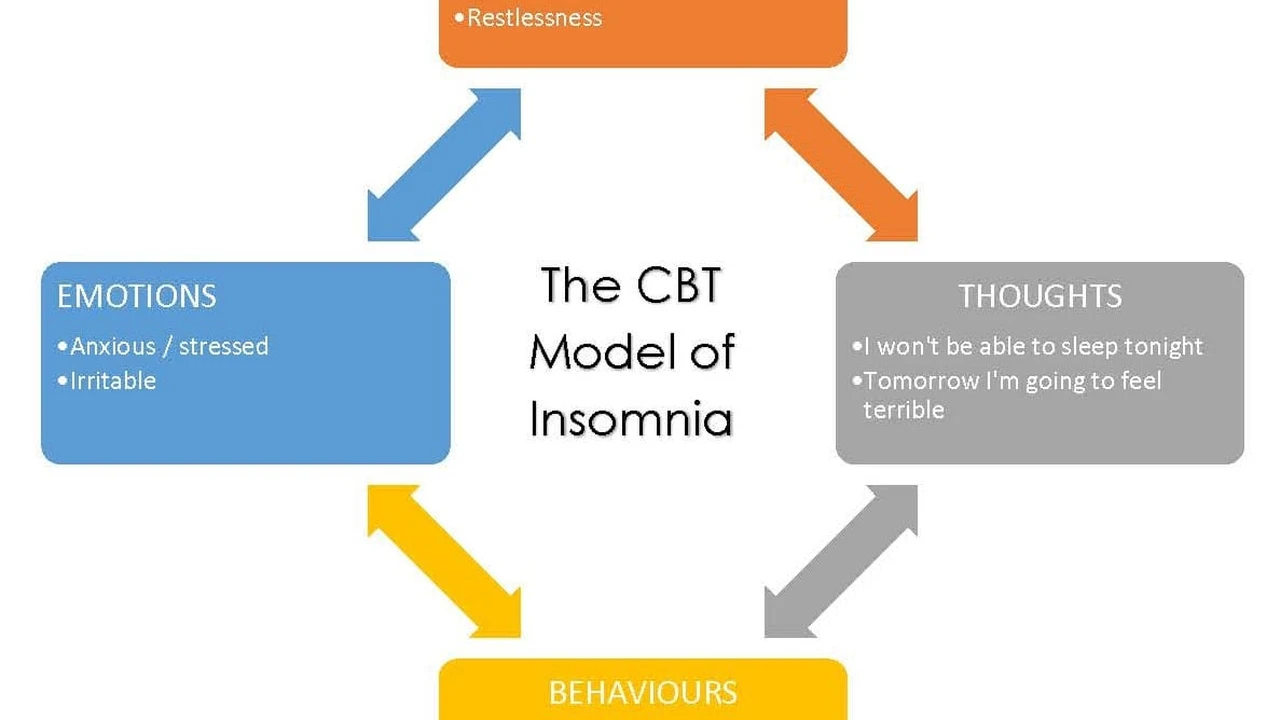Jet Lag Recovery Strategies
Master effective strategies to overcome jet lag quickly. Adjust your body clock for seamless travel experiences.

Jet Lag Recovery Strategies Your Ultimate Guide
Understanding Jet Lag What Happens to Your Body
So, you've just landed after a long flight, and suddenly, your body clock is completely out of whack. That's jet lag, and it's a real pain. It happens when you travel across multiple time zones, and your internal circadian rhythm – that's your body's natural sleep-wake cycle – gets confused. Your brain is still operating on your home time, while your new location is hours ahead or behind. This mismatch can lead to a whole host of unpleasant symptoms: extreme fatigue, difficulty sleeping at night, daytime sleepiness, headaches, irritability, digestive issues, and even a general feeling of being unwell. It's not just about feeling tired; it's a full-body disruption. The more time zones you cross, the worse the jet lag tends to be. Traveling east is generally considered harder than traveling west because it shortens your day, which is more difficult for your body to adjust to than lengthening it.
Pre-Travel Preparations Minimizing Jet Lag Before You Fly
Believe it or not, you can start fighting jet lag before you even leave home. A few smart moves can make a big difference. First, try to gradually adjust your sleep schedule a few days before your trip. If you're traveling east, start going to bed an hour or two earlier each night and waking up earlier. If you're heading west, do the opposite: stay up later and wake up later. Even a small shift can help ease the transition. Second, adjust your meal times. Start eating meals closer to the meal times of your destination. This helps signal to your body that a change is coming. Third, stay hydrated. Dehydration can exacerbate jet lag symptoms, so drink plenty of water in the days leading up to your flight and during the flight itself. Avoid excessive alcohol and caffeine, as these can disrupt your sleep and hydration levels. Finally, consider your flight timing. If possible, choose flights that arrive in the late afternoon or early evening at your destination. This allows you to have a meal, wind down, and then go to bed at a reasonable local time, helping you establish a new sleep pattern quickly.
During Your Flight Smart Strategies for In-Flight Comfort
The flight itself is a crucial time for managing jet lag. Your primary goals are to stay hydrated, minimize discomfort, and start adapting to your new time zone. Drink water, and lots of it. Airplane cabins are notoriously dry, and dehydration will make you feel worse. Skip the alcohol and excessive caffeine; they might seem like a good idea at the time, but they'll mess with your sleep later. Try to adjust your watch to your destination's time as soon as you board. This mental shift can help you start thinking in the new time zone. If it's daytime at your destination, try to stay awake on the plane. If it's nighttime, try to sleep. Use an eye mask and earplugs to create a dark, quiet environment conducive to sleep. Get up and move around every hour or two to promote circulation and prevent stiffness. Light exercise, like walking the aisle, can also help keep you alert if you need to stay awake. Wear comfortable clothing and bring a neck pillow for better rest.
Upon Arrival Immediate Actions for Faster Adjustment
Once you land, the real work begins. Your immediate actions are key to a speedy recovery. The most important rule: get on the local time as quickly as possible. If it's daytime, stay awake until a reasonable local bedtime. If you absolutely must nap, keep it short – no more than 20-30 minutes – to avoid falling into deep sleep and making it harder to sleep at night. Expose yourself to natural light as much as possible during the day. Sunlight is a powerful cue for your circadian rhythm, telling your body it's daytime. Go for a walk outside, sit by a window, or just spend time outdoors. Avoid bright lights in the evening, especially blue light from screens, as this can suppress melatonin production and make it harder to fall asleep. Eat meals at local times, even if you're not hungry. This helps reinforce the new schedule. Try to engage in light activity during the day to stay alert, but avoid strenuous exercise close to bedtime. And most importantly, resist the urge to go to bed early, even if you're exhausted. Push through until the local bedtime, and you'll thank yourself later.
Light Therapy Devices A Powerful Tool for Circadian Reset
Light therapy, specifically bright light therapy, is one of the most effective ways to reset your circadian rhythm and combat jet lag. These devices emit a bright, white light that mimics natural sunlight, signaling to your brain that it's daytime. The timing of when you use the light is crucial. If you're traveling east (shortening your day), you'll want to use the light in the morning at your destination to help you wake up and shift your clock forward. If you're traveling west (lengthening your day), you might use it in the evening to help you stay awake longer and shift your clock backward. Many people find these devices incredibly helpful, especially for frequent travelers or those with severe jet lag. They are typically small, portable, and easy to use.
Recommended Light Therapy Devices for Jet Lag
- Philips SmartSleep Connected Sleep and Wake-Up Light (HF3670/60): This is a premium option that combines a sunrise simulator with a light therapy lamp. It offers personalized programs based on your sleep patterns and travel. It's a bit pricier, usually around $180-$220, but offers a comprehensive solution. It's great for home use and can be packed for travel, though it's not as compact as some dedicated light boxes.
- Carex Day-Light Classic Plus Bright Light Therapy Lamp: A popular choice for general light therapy, this lamp provides 10,000 LUX of glare-free light. It's larger and less portable, making it more suitable for home or office use, but highly effective. Price typically ranges from $100-$150.
- Verilux HappyLight Compact Personal, Portable Light Therapy Lamp: This is a more budget-friendly and portable option, perfect for travel. It's small enough to fit in a carry-on and provides 10,000 LUX. You can usually find this for $40-$60. It's a great entry-level device for jet lag.
- Circadian Optics Light Therapy Lamp Lumos 2.0: Another sleek and portable option, the Lumos 2.0 offers 10,000 LUX and a modern design. It's easy to pack and use on the go. Price point is usually around $60-$80.
Melatonin Supplementation When and How to Use It
Melatonin is a hormone naturally produced by your body that signals when it's time to sleep. Taking a melatonin supplement can be a useful tool for managing jet lag, especially when traveling east. The key is to take it at the right time to help shift your body clock. Generally, if you're traveling east, you'd take a small dose (0.5mg to 3mg) about 30 minutes before your desired bedtime at your destination for a few nights after arrival. If you're traveling west, melatonin is less effective, but some people find it helpful to take a small dose in the evening to help them fall asleep at the new local time. Always start with the lowest effective dose, as more isn't necessarily better, and consult with a healthcare professional before starting any new supplement, especially if you have underlying health conditions or are taking other medications.
Recommended Melatonin Supplements for Jet Lag
- Nature Made Melatonin 3 mg Tablets: A widely available and trusted brand. These are simple, effective, and come in various dosages. A bottle of 90 tablets usually costs around $8-$12.
- NOW Foods Melatonin 3 mg Veg Capsules: Another reputable brand known for quality supplements. These are vegetarian-friendly and offer a good balance of price and effectiveness. Expect to pay around $7-$10 for 60 capsules.
- Natrol Melatonin 5 mg Fast Dissolve Tablets: If you prefer a faster-acting option, these dissolve quickly under your tongue. They come in various strengths, but 5mg is a common choice. A bottle of 90 tablets is typically $10-$15.
- Life Extension Melatonin 3 mg: Known for high-quality, research-backed supplements. Their melatonin is often praised for its purity. A bottle of 60 capsules might be around $12-$18.
Hydration and Nutrition Fueling Your Body for Recovery
We've touched on hydration, but it's worth emphasizing. Dehydration is a major contributor to jet lag symptoms. Drink plenty of water before, during, and after your flight. Carry a reusable water bottle and refill it whenever possible. As for nutrition, try to eat light, healthy meals that are easy to digest. Avoid heavy, greasy, or sugary foods, as these can make you feel sluggish and disrupt your sleep. Focus on lean proteins, fruits, vegetables, and whole grains. Eating at local meal times helps reinforce your new schedule. Some people find that avoiding caffeine and alcohol for the first 24-48 hours after arrival can significantly reduce jet lag symptoms, as these substances can interfere with your body's natural sleep-wake cycle and hydration.
Exercise and Movement Gentle Activity for Adjustment
While you might feel like collapsing into bed, some gentle physical activity can actually help you adjust faster. During the day, go for a walk outside. The combination of movement and natural light is a powerful circadian rhythm resetter. Avoid intense workouts close to bedtime, as this can be too stimulating and make it harder to fall asleep. Light stretching or a gentle yoga session can also help relax your body and mind. The goal is to keep your body moving and signal that it's daytime, without overexerting yourself.
Sleep Hygiene Practices for a Restful Night
Good sleep hygiene is always important, but it's absolutely critical when you're battling jet lag. Create a dark, quiet, and cool sleep environment. Use blackout curtains if available, or bring an eye mask. Turn off all electronic devices at least an hour before bed, as the blue light they emit can suppress melatonin. Avoid heavy meals, caffeine, and alcohol in the hours leading up to sleep. Establish a relaxing pre-sleep routine, like a warm bath, reading a book, or listening to calming music. Stick to a consistent bedtime and wake-up time at your destination, even on weekends, to help solidify your new circadian rhythm. The more consistent you are, the faster your body will adapt.
When to Seek Professional Help Persistent Jet Lag
For most people, jet lag resolves within a few days to a week. However, if your symptoms are severe, persistent, or significantly impacting your daily life, it might be time to consult a healthcare professional. This is especially true if you're a frequent traveler, have underlying health conditions, or find that your jet lag is consistently worse than expected. A doctor can rule out other issues, provide personalized advice, and in some cases, prescribe stronger medications if necessary. They can also help you develop a more tailored strategy for managing jet lag based on your specific travel patterns and health profile. Don't hesitate to seek help if you're struggling; there are solutions available.
:max_bytes(150000):strip_icc()/277019-baked-pork-chops-with-cream-of-mushroom-soup-DDMFS-beauty-4x3-BG-7505-5762b731cf30447d9cbbbbbf387beafa.jpg)






